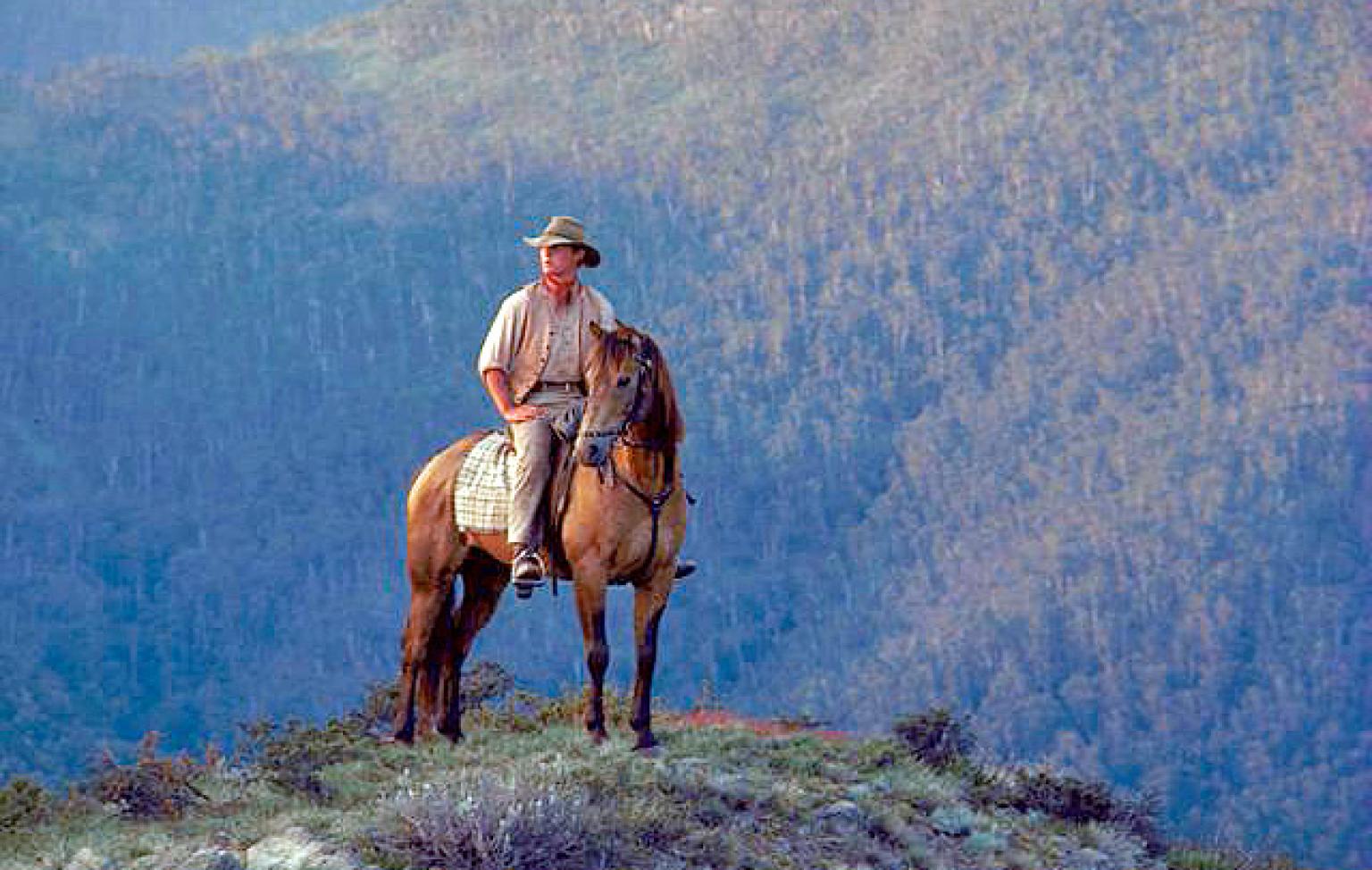Riding the wave of critical success in the 1970’s, Australian cinema during the 80’s saw filmmakers explore new avenues in their representation of Australian life.

The surge of International interest in Australian films that began during the 1970’s continued through the 1980’s. Filmmakers had truly found their niche in the style of films produced during the Australian New Wave movement, and were now working within these parameters to explore an array of themes and settings.
1979 had seen the release of George Miller’s Mad Max, now considered a staple of Australian film. Starring Mel Gibson in his breakthrough role, Mad Max is set in a dystopian Australia overrun by motorcycle gangs and corrupt policemen. While critically the film polarised reviewers due to some controversy over scenes of death and destruction, Mad Max was the most profitable film ever made upon its release, and won the Guinness World Record for the highest box office to budget ratio of any motion picture.
Along with this and other accolades, the film can also be credited with furthering global interest in Australian New Wave cinema. Mad Max spawned three sequels, the most recent being 2015’s Fury Road, which saw Tom Hardy take over the role of Max. Miller has gone on to continue creating highly acclaimed films such as Happy Feet and Babe, and while he has noticeably moved on from the gothic, apocalyptic style of early Australian cinema, he should still be considered one of the countries greatest and most important filmmakers.
Following the success of Mad Max, Mel Gibson, who though born in New York grew up in Sydney, was propelled to stardom. His path to fame paved the way for many other Australian actors who were previously limited to independent productions. The growing interest not only in Australian film but in Australian culture, both in a stereotypical way with the emergence of Ozploitation films and in a more genuine sense, meant Australian actors could now be afforded the same chances as British or American stars.
Gibson’s popularity was further cemented with Peter Weir’s 1981 film Gallipoli. This film differentiated largely from earlier films about Australia’s involvement in World War One and about the war in general. Hollywood was the hub of filmmaking during this time, and many of the war films produced were largely made to drum up patriotism and support for soldiers. However, Gallipoli took a different take on the war, heavily influenced by the style of filmmaking prevalent during the era of Australian New Wave.
Gallipoli traces the wartime experiences of Archy Hamilton, played by Mark Lee, who befriends Frank Dunne, Mel Gibson’s character. Both are aspiring sprinters who decide to enlist in the Australian army and end up at Anzac Cove in the Gallipoli peninsula of Turkey. Rather than glamorising war, the film focuses on the Australia code of mateship and courage, while also exemplifying the disastrous mess of war tactics and the tragic loss of life that miscommunication led to at Gallipoli. This film, along with 1980’s Breaker Morant, represent the Australian wartime experiences in the style of modern cinema, creating a more authentic and terrifying experience for the viewer than any thinly-veiled patriotism campaign.
Before beginning his Hollywood career Mel Gibson starred in The Year Of Living Dangerously, another Peter Weir production co-written by renowned Australian playwright David Williamson. Also starring Sigourney Weaver, The Year Of Living Dangerously sees Gibson play a foreign correspondent covering the influence of Communism in Jakarta under the PKI, who puts himself in dangerous circumstances in the hope of a big story. Well received critically and financially, the film is a further example of the scope of Australian filmmakers visions at the time. No longer were they tied down to bushrangers and family dramas. Australian cinema was well and truly International cinema.
However, even as Australian cinema took off critically around the world, filmmakers did not neglect the past. One of the most important films of the 1980’s is 1982’s Man From Snowy River, based on the poem by bush poet Banjo Patterson. Starring big names like Kirk Douglas and Jack Thompson, the film does not try to hide its Australian roots, harking back to the time of gold mining and portraying the Australian outback as it once truly was. Thanks to the presence of Douglas, an American star, the film had a global outreach and is one of many in the canon of history that assisted in cementing the reputation of the Australian film industry.

With a rise in both the output and quality of films being produced in Australia by Australian filmmakers and starring Australian actors, both critics and audiences turned their attention to the country. Australia even now still has to struggle with how we are perceived by the rest of the world. While the explosion of New Wave cinema and the work of such exemplary directors as George Miller and Peter Weir exemplify the scope of life in Australia, global audiences still held on to their embedded views of Australians as larrikins and idiots. There was a war going on within the film industry, partly financial, partly creative, as some artists wanted to create unique depictions of Australian culture while others bowed to the demands of stereotypes in order for financial success from overseas.
Subscribe to FIB’s Weekly Alchemy Report for your weekly dose of music, fashion and pop culture news!







